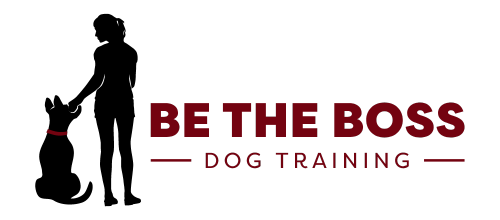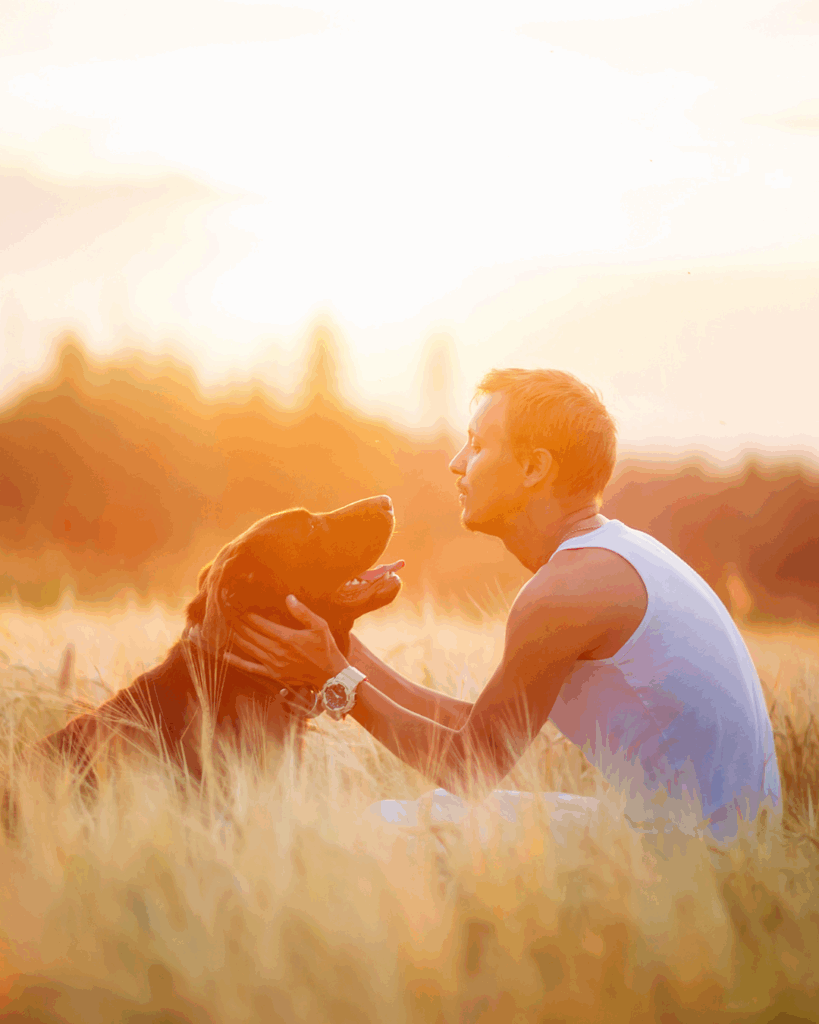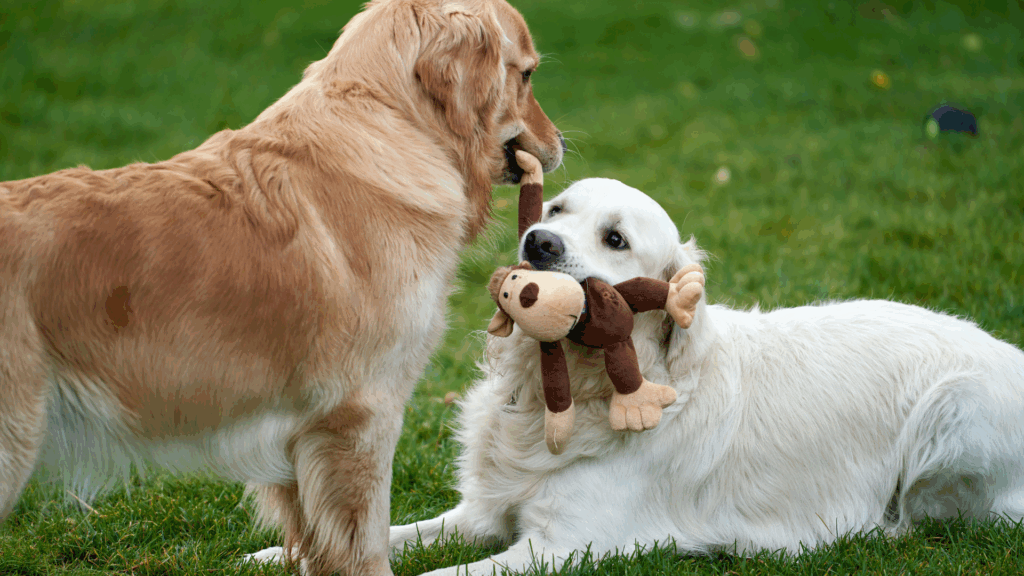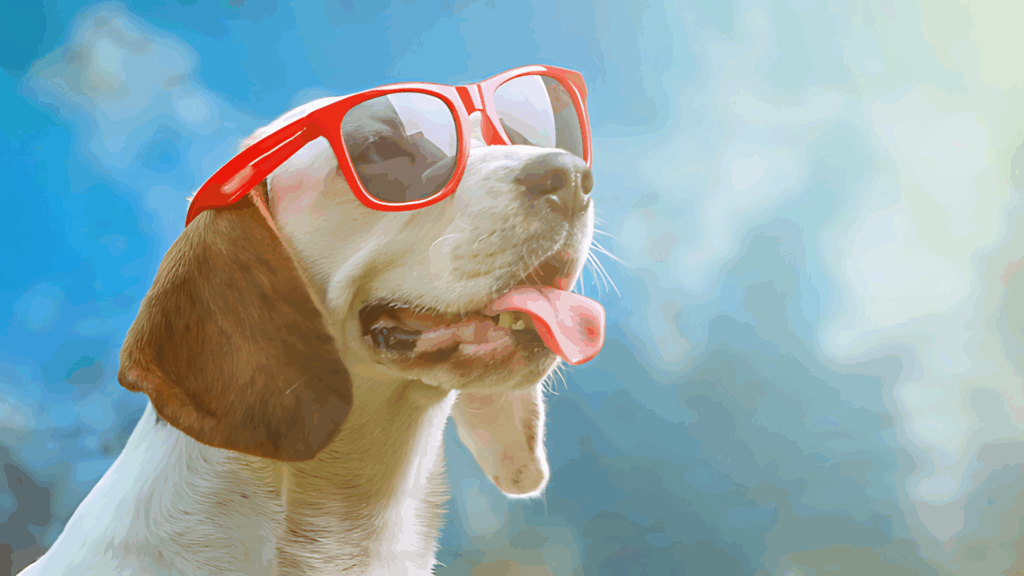You can feel it before the leash is even clipped on—your dog is buzzing, disconnected, scanning the world for stimulation, while you’re just hoping for a peaceful walk. But what if that chaos at the end of the leash isn’t just about excitement or poor training? What if it’s actually revealing something deeper—about your dog’s emotional state, your leadership, and even your own nervous system?
Most people approach walks like a physical task: tire the dog out, get some movement in, maybe sneak in a bathroom break. But the walk isn’t just exercise. It’s emotional alignment. It’s the moment where your dog decides whether to trust you with their safety—or to take control themselves.
When your dog pulls, stops, scans, or ignores your leash cues, it’s not about rebellion—it’s about disconnection. Emotional disconnection. Walks are one of the most misunderstood relationship tools we have in dog training. They can either wire your dog into constant anxiety and overstimulation… or completely reset their nervous system and build psychological safety through subtle pressure and release, clarity, and trust.
In this post, we’re not just going to talk about tools or obedience. We’re going to show you how calm, structured walks can become a powerful daily ritual for resetting your dog’s emotions, regulating their state of mind, and building a kind of leadership that feels safe, not forceful.
Because once you understand what the walk really is… everything changes.
The Walk Is a Mirror: What Your Dog’s Behavior Reveals About Your Relationship
Most people think pulling on the leash is just a bad habit—or worse, a sign their dog is dominant, stubborn, or ignoring them. But the truth is, the way your dog behaves on a walk is one of the clearest reflections of how safe, grounded, and emotionally connected they feel with you. That frantic energy at the end of the leash? It’s not rebellion—it’s dysregulation.
When a dog pulls, lags behind, constantly sniffs or scans the environment, explodes at triggers, or refuses to move forward, they’re not trying to make your life harder. They’re actually telling you: “I don’t feel settled. I don’t know who’s in charge. I don’t know how to handle this situation.” Their nervous system is often in a state of hyper-vigilance—stuck in fight-or-flight—and no amount of praise or tugging is going to reset that without addressing the emotional layer underneath.
The walk becomes a mirror. It shows you how your dog sees your leadership, your boundaries, and your ability to make decisions under stress. And if your dog doesn’t trust you to make those decisions, they will step in and try to make them for both of you. That’s where most walk “problems” start—not with defiance, but with uncertainty and a vacuum of leadership.
This isn’t about blame. It’s about learning to read what your dog is already showing you. The walk isn’t the problem—it’s the diagnostic tool. And the good news is, once you start seeing it for what it is, you can change the entire tone of your relationship in just 10 minutes a day.
Want help decoding what your dog’s walk is really saying?
Join our free Facebook group, Dogs Unleashed – Utah County, where we teach dog owners how to turn daily walks into powerful emotional resets. Learn real techniques, watch training videos, and get support from a community that believes your dog isn’t broken—they’re just waiting for you to take the lead.
2. Leash Pressure Is Emotional Pressure: The Language Beneath the Surface
Most people think leash pressure is just a way to control a dog’s body. But what we’ve learned—through thousands of hours walking everything from anxious rescues to dominant working breeds—is that leash pressure is actually emotional pressure. It’s one of the most important forms of communication you have with your dog. And most of us are speaking this language without even realizing it.
Every time you apply tension to the leash, your dog feels it. But it’s not just the sensation of pressure they notice—it’s the intention behind it. Is it calm or frantic? Is it predictable or confusing? Do you follow it with clarity and consistency, or do you yank and release without rhythm or meaning? Dogs aren’t reacting to the leash itself—they’re reacting to the emotional tone you’re bringing through it.
When used intentionally, leash pressure becomes a grounding force. It becomes a cue that says: “Stay with me. I’ve got this. You don’t have to figure it out.” This is especially powerful for dogs who are anxious, insecure, or overly stimulated. Instead of being given total freedom to spiral, they are offered containment. Not harshness. Not force. Containment—something that calms their nervous system and teaches them to stay connected to you even when their instincts are screaming to react.
This is the foundation of emotional regulation on a walk: calm, consistent leash communication. Pressure-and-release. Ask-and-release. Boundaries-and-trust. It’s the rhythm that helps your dog feel safe enough to stop scanning, stop pulling, and start breathing.
The leash is not just a tool for direction—it’s a line of emotional communication. And when you learn to use it with purpose, you stop managing behavior and start transforming your relationship.
Need help learning how to apply leash pressure correctly for your dog’s personality and issues? Contact us here with your questions—we’re happy to help.
3. Structured Walks vs. Freedom Walks: Why Too Much Choice Causes Anxiety
We’ve all heard it: “My dog just needs a walk to burn energy.” And while exercise is important, what your dog actually needs on a walk—especially if they struggle with anxiety, overexcitement, or reactivity—is not freedom… it’s structure.
Freedom walks, where the dog is allowed to sniff wherever they want, walk ahead, cross in front, pull toward other dogs, or stop and start as they please, may seem kinder on the surface. But for many dogs—especially those with anxiety or behavioral issues—this lack of boundaries creates more confusion and overstimulation. Too much choice, too little direction, and too many unpredictable variables send the nervous system into overdrive. What we label as “excitement” is often just dysregulation in disguise.
On the other hand, structured walks are not about dominance or control. They’re about clarity. When a dog is given simple, repeatable expectations—like walking beside you, following leash pressure, stopping when you stop, waiting at thresholds—their nervous system finally gets a break. They’re no longer responsible for scanning the environment, deciding what matters, or navigating social situations alone. You’re doing that for them. And in that structure, many dogs experience emotional relief for the first time in their lives.
Think of it this way: structure on a walk is like a routine for a child. It doesn’t restrict their joy—it makes them feel safe. That sense of emotional containment gives dogs the freedom to let go of hypervigilance and begin trusting your leadership.
And no, this doesn’t mean your dog can’t ever sniff or explore. It means you decide when they get that privilege, not them. Freedom becomes a reward for connection, not a default setting that reinforces chaos.
Want to learn more about how structure—and other choices we make as dog owners—impact our dog’s mental state? Check out our other blog post on a common myth we hear all the time: “Neutering and Marking Behavior: Can It Truly Solve the Problem?”
4. Turning the Walk Into a Daily Ritual of Connection
Most dog owners treat walks like a checklist task: leash the dog, get out the door, hope for the best, and power through whatever chaos happens along the way. But what if you stopped seeing the walk as a chore—and started seeing it as a ritual?
The walk is one of the most underused relationship tools in dog training. When done intentionally, it can become a powerful reset button for your dog’s emotions and a way to establish trust, clarity, and connection—without needing treats or harsh corrections.
It starts before you even open the door. A calm walk begins with a calm departure. If your dog is bouncing off the walls, barking, or pulling the moment the leash comes out, don’t move forward. Instead, use that moment as your first training opportunity: wait until your dog offers calmness before the leash is clipped. Wait again before you open the door. Calm in = calm out.
Once you’re walking, don’t zone out. Use turns to engage your dog’s attention. A simple 180-degree turn, done with intention, signals to your dog that you are in control of the direction and pace. It teaches them to check in with you, to stay mentally connected instead of drifting into scan-and-react mode. These small directional changes rewire your dog’s brain toward focus and responsiveness.
Use thresholds (like curbs, crosswalks, or corners) as moments to pause and reset. These micro-pauses reinforce the idea that the walk is a conversation between you and your dog—not a free-for-all.
Finally, end the walk with decompression on your terms. That might mean walking calmly in a field on a long line, giving your dog permission to sniff, or allowing some gentle play—after they’ve earned it through connection. When freedom becomes a reward, not a default, your dog learns to value calm engagement first.
This kind of walk takes practice, but it doesn’t require treats, gimmicks, or punishment. It just requires presence, timing, and a willingness to slow down and lead. And over time, it shifts your dog’s state of mind in ways that carry into every other part of their life.
Conclusion
Your daily walk is so much more than a bathroom break or a way to burn energy—it’s one of the most powerful opportunities you have to build trust, reset your dog’s emotional state, and step into real leadership. When you start to see the walk as a reflection of your relationship, and you use leash pressure, structure, and intentional connection as tools—not just techniques—you begin to notice shifts not just in your dog’s behavior, but in their confidence and overall peace.
This is where real change happens. Not from controlling your dog, but from leading them.
If you’re ready to go deeper and learn how to apply these ideas in real life, join our free Facebook group: Dogs Unleashed – Utah County. And if you have questions about your dog’s unique challenges, don’t hesitate to reach out to us directly here. We’re here to help.





